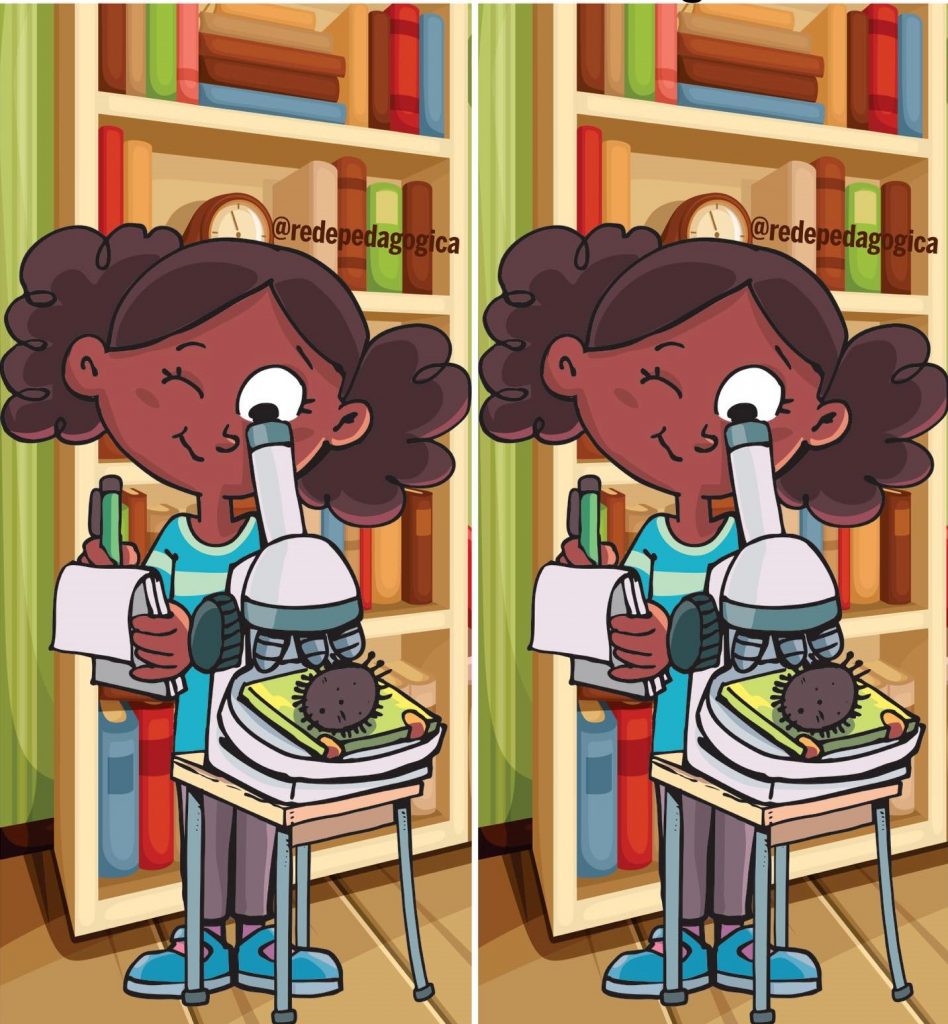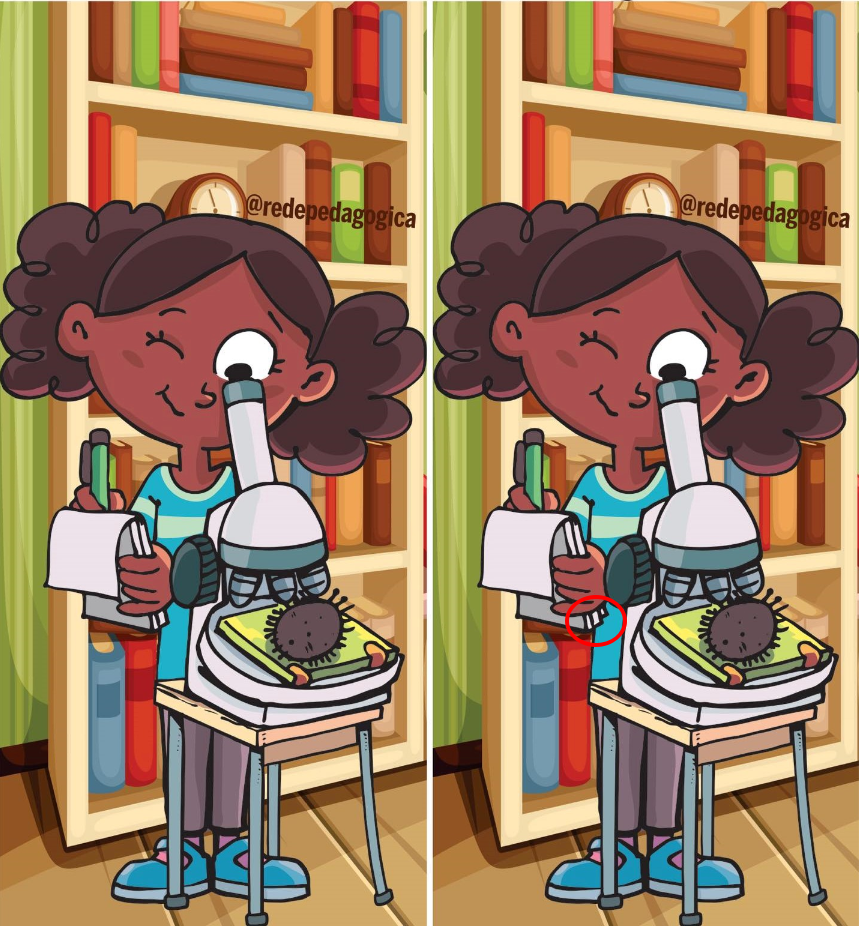Spot the Difference: Boosting Cognitive Skills with Fun Visual Challenges
“Spot the difference” puzzles are more than just a fun pastime; they’re a powerful tool for enhancing your cognitive abilities. By challenging yourself to spot subtle differences between two nearly identical images, you’re not only having fun but also improving skills like attention to detail, memory, and critical thinking. These games are not only for kids but can offer mental benefits for adults as well. In this article, we’ll delve into how “spot the difference” puzzles engage the brain and why you should make them a regular part of your mental fitness routine.

What Are “Spot the Difference” Puzzles?
In their simplest form, “spot the difference” puzzles present two similar images, with slight discrepancies hidden within them. Your job is to carefully compare both images and find the differences. These discrepancies might be changes in color, shape, size, or position, or even missing or added objects.
Take the image of the girl with the microscope, for instance. The task is to compare the two images of the girl observing a specimen and identify the subtle changes between them. It might be a slight difference in her posture, the arrangement of objects, or the details of the background. It’s a game of observation, patience, and focus.
Enhancing Attention to Detail
The most immediate benefit of playing “spot the difference” puzzles is the improvement in attention to detail. These puzzles force you to look at the images more carefully and identify small differences that are easily overlooked. This sharpens your ability to spot things that others might miss, which is a valuable skill in both professional and personal settings.
In the case of the girl and the microscope, you need to focus on minute details, such as the position of her hand or the objects around her. As you practice this skill over time, you will naturally become more observant in real life, whether you’re reading documents, analyzing data, or simply noticing small details in your surroundings.

Boosting Visual Processing Skills
Another benefit of “spot the difference” puzzles is that they enhance your visual processing abilities. When you compare two images, your brain must quickly process visual information and detect even the slightest discrepancies. The more you engage in these puzzles, the better your brain becomes at interpreting visual data efficiently.
The girl in the puzzle is looking at a specimen through a microscope, and while the objects in the image may seem identical at first glance, there are differences to uncover. Your brain has to analyze the arrangement and features of the objects, quickly recognizing changes in shape, size, or position. Over time, practicing this type of puzzle improves your brain’s capacity for processing visual information, making it easier to interpret patterns, recognize objects, and understand visual cues in everyday life.
Memory and Recall Enhancement
While these puzzles seem to be about observing details, they also work wonders for improving memory and recall. To find the differences, you need to remember what one image looked like and compare it with the other. This requires you to retain visual information and apply it to your current task, which strengthens both short-term and long-term memory.
For example, while solving the puzzle of the girl with the microscope, you might need to remember specific details about her pose, the objects in her hand, or the position of the microscope. This memory exercise helps reinforce your ability to retain and recall details in other areas of life, such as remembering facts, keeping track of important tasks, or retaining complex information.

Critical Thinking and Problem Solving
“Spot the difference” puzzles are more than just simple games; they’re also excellent exercises for developing critical thinking and problem-solving skills. To solve these puzzles, you need to analyze the images, break them down into smaller sections, and think strategically about where the differences are most likely to appear. This type of analysis builds your problem-solving abilities by training you to think methodically and approach problems in a structured way.
As you work through the puzzle, you might start by focusing on the larger objects, then move on to smaller details like shadows or color changes. This kind of structured thinking is an important skill that transfers to real-life problem-solving situations, whether you’re planning a project at work, tackling a tricky situation at home, or even organizing your schedule for the week.
Reducing Stress and Mental Fatigue
One often-overlooked benefit of “spot the difference” puzzles is their ability to reduce stress. The focused attention required for these puzzles forces your mind to stay in the present moment, blocking out distractions and stressors. Engaging with a puzzle in this way can act as a form of mental escape, allowing you to relax and recharge.
Similar to mindfulness or meditation, focusing on a simple task like finding differences in images helps clear your mind. As you concentrate on solving the puzzle, you temporarily escape the worries and pressures of daily life, which can have a calming effect. This can lead to a clearer mind and more mental energy to tackle the rest of your day.

Patience and Perseverance: Key to Success
Patience is another valuable skill cultivated through “spot the difference” puzzles. These puzzles can sometimes be tricky, and the differences may not be immediately obvious. However, through persistence and a calm mindset, you’ll eventually uncover them all. This perseverance builds patience, which is essential for achieving success in other areas of life.
In real-life situations, this patience is incredibly important. Whether you’re working through a long-term project or dealing with a complex issue, the ability to stick with something until you reach a solution is crucial. The skills you develop through “spot the difference” puzzles help you approach challenges with a determined attitude, allowing you to find solutions and complete tasks even when they’re difficult.
Fostering Creativity and Imagination
Interestingly, “spot the difference” puzzles also encourage creativity. As you examine the two images, your brain begins to think creatively about how the differences could have been made. This fosters a more imaginative approach to problem-solving and encourages you to think outside the box.
In the case of the puzzle with the girl and the microscope, you might start imagining various ways the objects could be arranged differently. This kind of creative thinking is valuable in many areas of life. Whether you’re coming up with new ideas for a project at work or brainstorming solutions to everyday problems, the creativity you cultivate while solving puzzles can help you approach challenges in a more innovative way.

Conclusion: A Fun Way to Sharpen Your Mind
“Spot the difference” puzzles are more than just a fun way to pass the time—they offer significant cognitive benefits. From enhancing your attention to detail and visual processing to improving memory, problem-solving skills, and patience, these puzzles provide a full mental workout. So, the next time you find yourself with some free time, consider engaging in a “spot the difference” puzzle. Not only will you enjoy the challenge, but you’ll also be giving your brain the exercise it needs to stay sharp and agile. It’s a simple yet effective way to improve your mental fitness and have fun at the same time.





